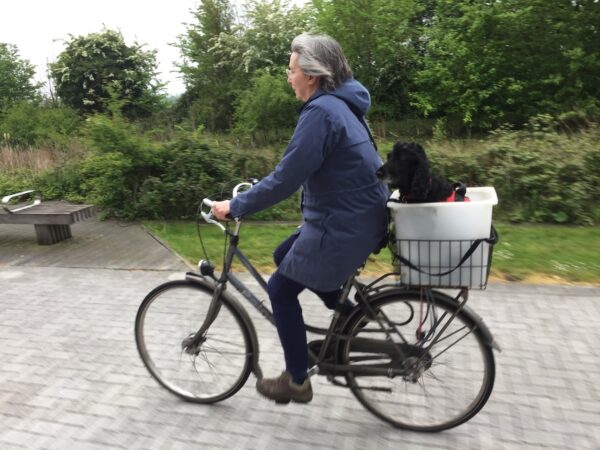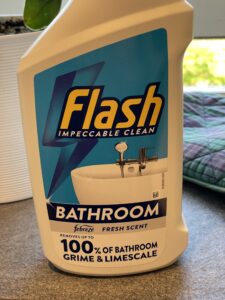Our dearly beloved cocker spaniel, Tilly, passed away yesterday evening, just a couple of months before her sixteenth birthday. If you believe the old adage of one dog year corresponding to seven human years, she was 110. We’d had her since she was a few weeks old.
It was a good life, as well as a long one. She holidayed from the Pyrennees to the Outer Hebrides, from the south-west coasts of Cornwall to the north-east islands of the Netherlands. She summitted Snowdon, and delved into the caves of the Dordogne.
For pretty much all of the last decade and a half, she has been our constant companion, and her requirements often dictated where we stayed, where we ate, which vehicles we drove, the campervans we bought, and even the purchase of our last two houses.
She had two walks a day, usually one from me and one from Rose, and we must each individually have walked somewhere over 7000 miles in her presence. That’s the distance from New York to Los Angeles… times three! Tilly, of course, therefore did that at least twice that, though for most of her life she was running rings around us as well!
She made friends with small children, and she also comforted the sick and dying. Another friend told me how, whenever she felt down, she would go and watch the Leaping Tilly video I had posted on YouTube, and it would cheer her up. (Ten years later, Tilly was still leaping!)
Tilly counted several celebrities amongst her acquaintance, too. I remember her accompanying us to a TV studio once and she jumped up to greet Alan Shearer when he got into the lift. She, of course, didn’t know him from Adam — any more, I confess, than I did! She was just always happy to see people and make new friends, whoever they were.
And now she’s gone, and we’re somewhat shell-shocked, and have to start reconfiguring our lives.
But thank you, Tilly, for 16 years of very happy memories, and, in the words of one of my favourite sayings…
Don’t cry because it’s over!
Smile because it happened!












Recent Comments